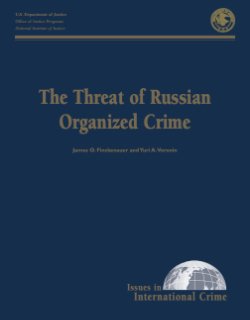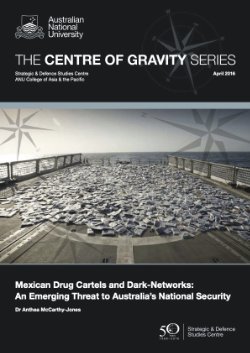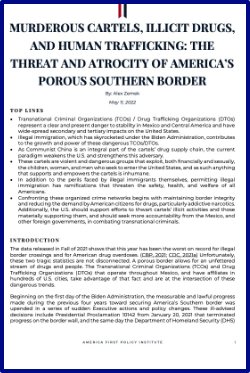By Gavin Slade
'Thieves-in-law' (vory-v-zakone in Russian or kanonieri qurdebi in Georgian) are career criminals belonging to a criminal fraternity that has existed at least since the 1930s in the Soviet Gulag. These actors still exist in one form or another in post-Soviet countries and have integrated into transnational organised criminal networks. For reasons yet to be explicated, thieves-in-law became exceptionally prevalent in the Soviet republic of Georgia. Here, by the 1990s, they formed a mafia network where this means criminal associations that attempt to monopolize protection in legal and illegal sectors of the economy.
In 2005, Mikhail Saakashvili, the current president of Georgia claimed that 'in the past 15 years...Georgia was not ruled by [former President] Shevardnadze, but by thieves-in-law.' Directly transferring anti-organised crime policy from Italy and America, Saakashvili's government made reform of the criminal justice system generally and an attack on the thieves-in-law specifically a cornerstone of the Rose Revolution. New legislation criminalises the possession of the status of ‘thief-in-law’ and of membership of criminal associations that constitute what is known as the ‘thieves’ world’ (qurduli samkaro). Along with a sweeping reform of the police and prisons and a ‘culture of lawfulness’ campaign, Georgian criminal justice reforms since 2003 may be seen as the first sustained anti-mafia policy to be implemented in a post-Soviet country. It also appears to have been very successful.
-
The longevity and sudden decline of the thieves-in-law in Georgia provides the main questions that the following study addresses: How do we account for changes in the levels of resilience to state attack of actors carrying the elite criminal status of ‘thief-in-law’? How has this resilience been so effectively compromised since 2005? Utilising unique access to primary sources of data such as police files, court cases, archives and expert interviews this thesis studies the dynamics of changing mafia activities, recruitment practices, and structural forms of a criminal group as it relates to changes in the environment and, in particular, the recent anti-organised crime policy.
Oxford, UK: St. Anthony's College, 2011. 339p.





















